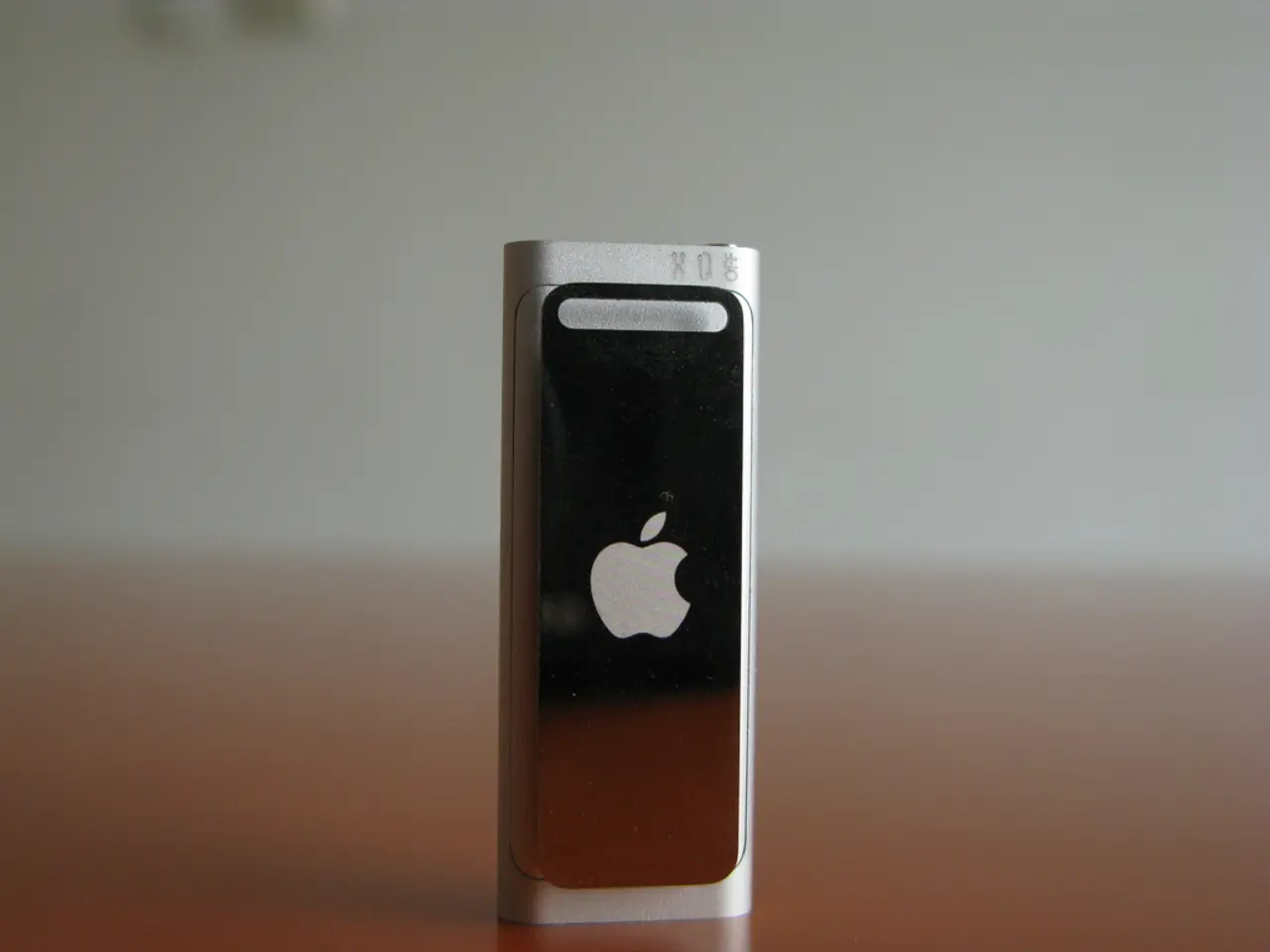Exploring Advancements in Speculative Artificial Medical Devices Design
In the year 2040, the healthcare landscape is transformed by Machine Learning-Driven Hospitals, where artificial intelligence (AI) manages complex systems and learns from real-time data, allowing medical personnel to focus on critical tasks and coordinate with robots through powerful apps. This revolutionary shift is a testament to the power of innovation in the MedTech industry, which demands a methodical and disciplined approach, similar to design and its sub-disciplines.
One such approach is Speculative Design, a branch of design that creates possible futures. It is increasingly being used in the development of Software as a Medical Device (SaMD) to explore future possibilities, challenge assumptions, and co-design solutions with stakeholders. By going beyond the frontiers of current limitations, including technology, politics, and imagination, Speculative Design helps teams envision and validate ideas that may revolutionise the industry.
Co-design workshops with clinicians, designers, and even community members are a popular methodology in Speculative Design. These workshops allow for rapid iteration and user feedback before investing in expensive or specific hardware. For example, everyday objects are used as stand-ins for medical equipment during prototyping and training, such as using glass to simulate an ultrasound for catheter insertion training.
Another application of Speculative Design is in the development of AI-driven clinical tools. Web-based prototypes like the Easy-ICD tool demonstrate how natural language processing and fuzzy logic could automate or support clinical code translation. These prototypes are often developed through co-design with clinical coders, clinicians, and data scientists, ensuring the tool addresses real-world needs and explores possible future workflows.
Speculative Design is also used to imagine new forms of interaction between users and SaMD, such as virtual reality (VR) or augmented reality (AR) interfaces. Projects have envisioned remote collaboration between international teams using VR headsets to simulate in-person training or support sessions, suggesting how future SaMD could leverage immersive technologies for global healthcare delivery.
The use of algorithm-driven devices and solutions for medical purposes needs to be done in a safe way, with guaranteeing patients' safety and health being a top priority. Our company, a preferred software development partner for many leading apps in the MedTech industry, offers free consultations with experts to help speculate about the future of healthcare. With over 1000 software projects completed and expertise in HIPAA compliance matters and working closely with clients, we are well-equipped to navigate the complexities of this rapidly evolving field.
As the MedTech industry becomes increasingly dependent on technology, wearables and blockchain-based systems play significant roles. Wearable technology has been used to monitor people's health through ordinary items like shoes, shirts, and glasses, connecting through a mobile app and sharing information with doctors. Blockchain technology has evolved to operate on mobile devices and has been used to create a decentralized health system that ensures every citizen access to medical services via smart contracts.
The future of healthcare is uncertain, but apps are expected to lead the industry, facilitating user interaction with health systems. With their ability to help health personnel and patients address a wide range of issues, apps have spurred an entire MedTech innovation ecosystem. As we continue to push the boundaries of what's possible, Speculative Design will undoubtedly remain a crucial tool in shaping the future of healthcare.
- In the year 2040, the use of Speculative Design is increasingly prevalent in the development of Software as a Medical Device (SaMD), pioneering possible futures in the MedTech industry.
- Co-design workshops, involving clinicians, designers, and community members, are integral to Speculative Design methodology, allowing for rapid iteration and user feedback before committing to expensive hardware.
- Speculative Design is utilized in creating AI-driven clinical tools, such as the Easy-ICD tool that demonstrates the potential of natural language processing and fuzzy logic in automating or supporting clinical tasks.
- Virtual reality (VR) and augmented reality (AR) interfaces are envisioned by Speculative Design to revolutionize user interaction with SaMD, enabling remote collaboration and global healthcare delivery.
- With safety being paramount in the deployment of algorithm-driven devices in healthcare, our company—a preferred software development partner for many leading MedTech apps—offers free consultations with experts to speculate about the future of healthcare.
- As technology plays an increasingly significant role in the MedTech industry, wearables and blockchain-based systems have emerged as key contributors, with wearables monitoring health through everyday items and blockchain facilitating a decentralized healthcare system for all citizens via smart contracts.




